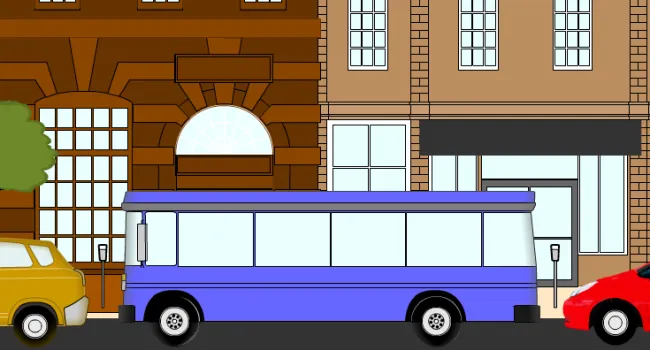Road Trip includes video tours of historical places in South Carolina and videos about important events from the civil rights movement. The modern Civil Rights Movement began in the 1940s and many changes had taken place by the early 1970s, with the major events happening between 1954 and 1968. The movement involved Blacks, Whites, Native Americans, young and old, as well as churches and non-religious groups.
South Carolina Standards
Social Studies: 3, 5, 8 (pdf)
Road Trip Guides
- What is a GPS? (pdf)
- Brown v. Board of Education (pdf)
- Circumstances for Change (pdf)
- Civil Rights Glossary (pdf)
- Organizations & Events (pdf)
- SC Civil Rights Timeline (pdf)
- SC Civil Rights Court Cases (pdf)
- Bibliography (pdf)
Mid-State Lesson Plans
- Road Trip! Classroom Activity (pdf)
- African American Women in Education (pdf)
- Briggs v. Elliott Curriculum Guide (pdf)
- Briggs v. Elliott History (pdf)
- Briggs v. Elliott Board Game Cards (pdf)
- Briggs v. Elliott Board Game (jpg)
- Integration with Dignity (pdf)
- Modjeska Simkins (pdf)
- Orangeburg Massacre (pdf)
Upstate Lesson Plans
- Amen! Schools In! (pdf)
- Integration with Dignity (pdf)
Coastal Lesson Plans
- Amen! Schools In! (pdf)
- Black Voices of the Pee Dee - Georgetown (pdf)
- Traveling Southern Style - Atlantic Beach (pdf)
- Worshipping Free (pdf)
The Simple Four
- The Simple Four (pdf)
- The Checklist (pdf)
Standards
- 5.4.CC Analyze the continuities and changes of race relations in the United States and South Carolina following the Supreme Court decisions of Briggs v. Elliott and Brown v. Board of Education.
- 8.5.CX Analyze the correlation between the Modern Civil Rights Movement in South Carolina and the U.S.
- This indicator was designed to foster inquiry into the role of South Carolina in the Modern Civil Rights Movement, to include the influence of court cases such as Briggs v. Elliot and Flemming v. South Carolina Electric and Gas. This indicator was also developed to promote inquiry into the relationship between national leadership, protests, and events and South Carolina leadership, protests and events, such as the Friendship Nine and the Orangeburg Massacre.
- USHC.5.CC Evaluate continuities and changes during the Civil Rights Movement and other subsequent movements for equal rights.
- This indicator was developed to promote inquiry into thematic continuities and changes into how marginalized groups sought and won legal rights. Inquiry into the leadership, methods, and outcomes of modern equal rights movements are supported by this indicator.




